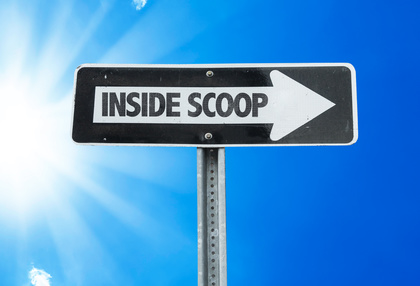Source of article CourtroomLogic Consulting.

A recent ruling in California tossing a $417 million verdict against Johnson & Johnson provides trial lawyers with a priceless peek into how jurors think and what they take into consideration in awarding damages – even when they shouldn’t.
The $417 million verdict against J&J was in one of several suits against the company alleging that their iconic baby powder, and other talcum powder products, causes ovarian cancer and that it failed to warn consumers about the risks of using their products.
On October 20, however, the Superior Court of California issued an order granting defendants a new trial. The court cited several reasons, but the one that interests me most is jury misconduct.
The jury misconduct had nothing to do with rogue jurors or social media posts. Instead, it centered on how the jury calculated damages, and what it considered when doing so. According to the court, the jury’s calculations of compensatory damages was improper, and its calculation of punitive damages was excessive.
Jurors have great difficulty calculating damages and working through the jury charge (something I’ll cover in a separate post), and the declarations filed by J&J and co-defendant JCCI illustrate this point quite clearly.
In J&J’s motion for new trial, it offered up affidavits from four jurors, including the foreperson. Although I have absolutely nothing to substantiate this, I would assume J&J conducted thorough post-trial interviews with any juror willing to participate, and either designed the interviews to support their assumptions, or discovered a few nuggets during the discussions that gave rise to a new appellate argument. Either way, the declarations are fascinating.
Because admissibility of juror statements is rarely all-or-nothing, the court included with its order portions of the juror affidavits and its specific rulings on whether certain excerpts would be admissible.
Here are a few excerpts from actual juror affidavits (plus my takeaways and tips):
“There were extensive discussions among the jurors about the distinction between ‘possible’ and ‘probable’ causes.”
Takeaway: Jurors need your help figuring out the jury charge. Don’t expect the jury to perceive the finer nuances between certain words. They speak in generalities, not in legalese.
Tip: Weave these terms, and their meanings, into your Q&A of key witnesses throughout the entire trial. Then tie it all together as you walk through the jury charge during closing.
“
[Jurors who voted in favor of liability] …stated that taxes, appeal costs, and expenses would be taken out of…the money received. … After jurors raised those arguments, other jurors expressed an agreement to raise the amount of damages.”Takeaway: Many jurors assume the dollar amount written on the verdict form will be much lower by the time the money makes it into the plaintiff’s bank account. Some jurors – consciously or subconsciously – adjust their numbers accordingly.
Tip: Consider reminding jurors during closing that the law requires them not to consider such issues. This language is typically included on the verdict form, so use that to emphasize your point.
“…jurors who voted in favor of liability discussed and agreed to set the number based on a percentage of the Defendants’ net worth, as [plaintiff’s counsel] had argued in closing argument.”
Takeaway: Jurors pay attention to what you tell them during closing, and if they are not provided with alternate numbers, they typically go with the number they are given.
Tip: If you’re a defendant arguing no liability, in most cases, it’s extremely important to provide jurors with an alternative damages number. Zero doesn’t do you any favors.
“On Monday…after almost no discussion, two more jurors switched to the plaintiff side, giving the plaintiff [the required] 9 votes.”
Takeaway: When there is a stalemate, the jurors who stick to their guns and refuse to budge are typically “leaders.”
Tip: Be sure to evaluate potential “leaders” and “followers” during jury selection. It could make the difference between a hung jury and a bad verdict.
I’ve written multiple times about my faith in juries, and, despite the legal issues that gave rise to the court’s decision to order a new trial, this California jury did an incredible job and should be applauded for their efforts to deliver a true and just verdict.
The post Vacated J&J Verdict Offers Insight into Jury Deliberations appeared first on CourtroomLogic.
